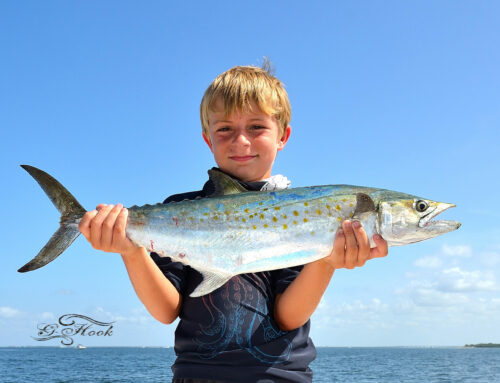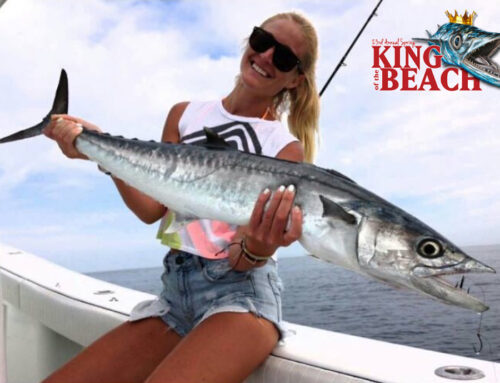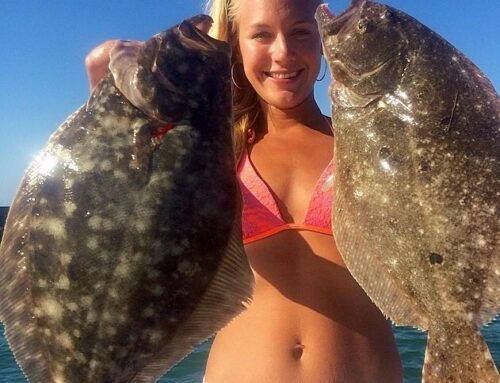 This week was KINGFISH and we had quite a turn out of photos. Congratulations to Alex Garcia for grabbing the win! What a sweet catch from a pier and we understand it was your first Kingfish. Congratulations and an Old Salt Prize package is coming your way.
This week was KINGFISH and we had quite a turn out of photos. Congratulations to Alex Garcia for grabbing the win! What a sweet catch from a pier and we understand it was your first Kingfish. Congratulations and an Old Salt Prize package is coming your way.
__________________
KINGFISH …
The king mackerel is a medium-sized fish, typically encountered from five to 14 kg (30 lb), but is known to exceed 40 kg (90 lb). The entire body is covered with very small, hardly visible, loosely attached scales. The first (spiny) dorsal fin is entirely colorless and is normally folded back into a body groove, as are the pelvic fins. The lateral line starts high on the shoulder, dips abruptly at mid-body and then continues as a wavy horizontal line to the tail. Coloration is olive on the back, fading to silver with a rosy iridescence on the sides, fading to white on the belly. Fish under 5 kg (10 lb) show yellowish-brown spots on the flanks, somewhat smaller than the spots of the Atlantic Spanish mackerel, Scomberomorus maculatus. Its cutting-edged teeth are large, uniform, closely spaced and flattened from side to side.
Distribution and habitat
The king mackerel is a subtropical species of the Atlantic Coast of the Americas. Common in the coastal zone from North Carolina to Brazil, it occurs as far south as Rio de Janeiro, and occasionally as far north as the Gulf of Maine. Nonetheless, a preference for water temperatures in the range of 20 to 29 °C (68 to 84 °F) may limit distribution.
King mackerel commonly occur in depths of 12–45 m (40–150 ft), where the principal fisheries occur. Larger kings (heavier than 9 kg or 20 lb) often occur inshore, in the mouths of inlets and harbors, and occasionally even at the 180 m (590 ft) depths at the edge of the Gulf Stream.
Migration patterns
At least two migratory groups of king mackerel have been found to exist off the American coast. A Gulf of Mexico group ranges from the Texas coast in summer to the middle-east coast of Florida from November through March. Spawning occurs throughout the summer off the northern Gulf Coast.
An Atlantic group is abundant off North Carolina in spring and fall. This group migrates to southeast Florida, where it spawns from May through August, and slowly returns through summer. Apparently, this group winters in deep water off the Carolinas, as tagging studies have shown they are never found off Florida in winter.




Leave A Comment